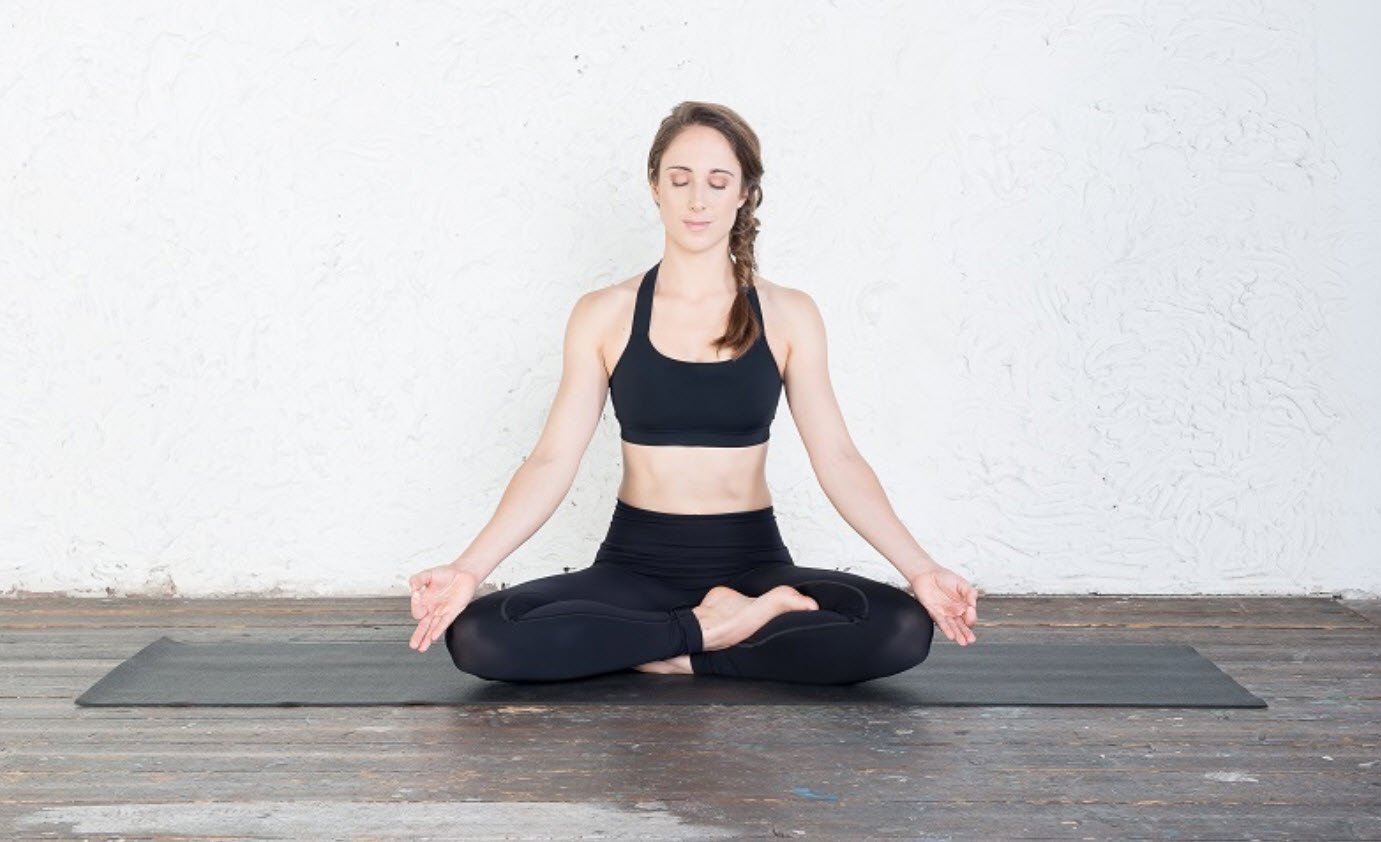
The practice of asanas, or yoga postures, is a transformative journey that combines physical movement with breath awareness, fostering a harmonious connection between the body and the mind. To maximize the benefits of this ancient discipline, it is essential to approach asanas with mindfulness and adherence to specific guidelines.
In this article, we explore some fundamental principles to enhance the practice of asanas and promote a holistic well-being.
Guidelines for the Practice of Asanas
1. Sequence of Asanas
Asanas are traditionally practiced in a specific sequence: standing, sitting, prone-lying, and supine-lying positions. This sequence allows for a gradual and systematic progression, preparing the body for various postures while promoting balance and alignment.
2. Mindful Practice
Asanas should never be rushed or approached with undue force. Practitioners are encouraged to move with awareness, avoiding jerky movements that can lead to strain or injury. Mindful practice involves a conscious connection between the body and breath, ensuring a harmonious flow of energy throughout the session.
3. Breath and Body Coordination
Coordinating breath with the movements of the body is a fundamental aspect of asana practice. The inhalation is often synchronized with the upward movement of body parts, while exhalation accompanies the bending or lowering phases. This coordination enhances the flow of prana (life force) and contributes to a more profound and meditative practice.
4. Body and Breath Awareness
Asanas should be performed with heightened awareness of both the body and the breath. The practitioner is encouraged to cultivate a deep connection with the sensations, movements, and rhythm of their breath. This awareness not only enhances the effectiveness of the asanas but also nurtures mindfulness, promoting a meditative state of consciousness.
5. Maintaining Final Positions
The final position of each asana should be held for as long as the practitioner is comfortable. This allows the body to adapt to the posture and facilitates a deeper release of tension. It is crucial to find a balance between challenging oneself and respecting personal limitations, ensuring a safe and beneficial practice.
6. Respecting Individual Capacities
Practitioners should be attentive to their own capacities and not push beyond comfortable limits. The journey of yoga is personal, and each individual’s body responds differently. Respecting one’s own limitations fosters a sustainable and enjoyable practice.
7. Incremental Progress
An essential aspect of asana practice is gradual progression. Increasing the time spent in each posture should be approached with caution and attentiveness. Rushing the process can lead to strain or injury, while consistent, incremental progress allows the body to adapt and grow in strength and flexibility.
8. Regular and Diligent Practice
Consistency is key in the practice of asanas. The body becomes attuned to the practice over time, and the benefits manifest with regular and diligent training. Commitment to the practice, even in small increments, is more effective than sporadic and intense sessions.
Conclusion:
The practice of asanas is a journey of self-discovery and holistic well-being. By following these guidelines with sincerity and mindfulness, practitioners can enrich their experience, deepen their connection to the body and breath, and unlock the transformative potential of yoga.
As asanas become an integral part of a regular routine, the body, mind, and spirit converge to create a harmonious and balanced state of being.
You may also like:- 100 Best Yoga Books – Free Download
- Using Yoga for Weight Loss – Balancing Body and Mind
- Kapalabhati – A Breathing Exercise for Holistic Well-being
- 7 Killer Ways to Maximize Fat Burning in the Gym
- Improving Blood Circulation in Your Legs – Simple Exercises for Better Leg Health
- Long-Term Effects of Exercise on the Muscular System
- Top 4 Physiological Benefits of Asanas
- The 5 Benefits of Yoga You Need To Know
- How To Do Eagle Arms Yoga – Tips and Techniques
- Stretching the Chest and Shoulders with Interlaced Fingers Behind Back Yoga








